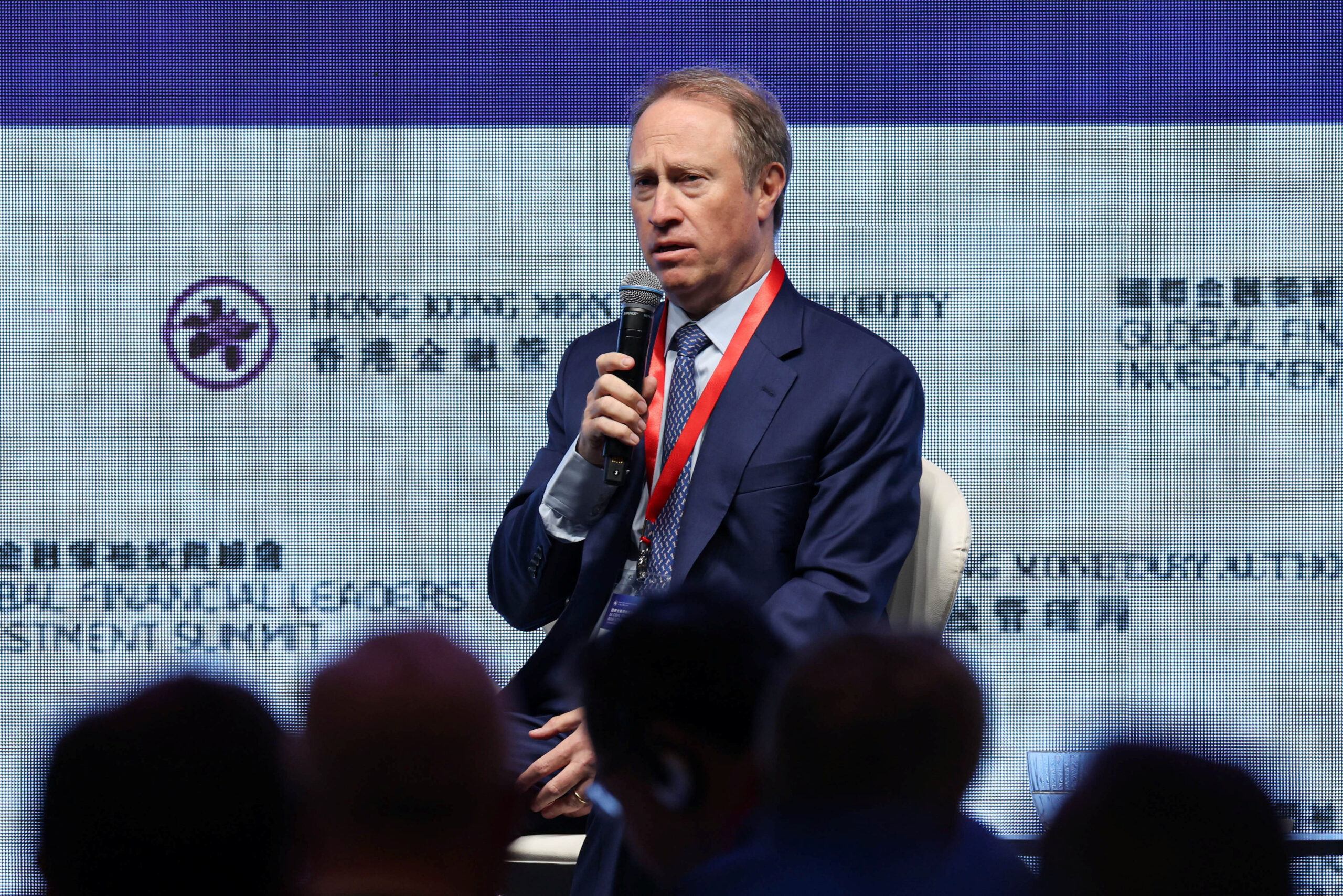Tesla’s Ex-President, Harps on Secrets to Scaling a Company
Tesla has experienced rapid growth, particularly in the period immediately preceding and following the introduction of the Model 3, its inaugural affordable electric vehicle.
Jon McNeil, the former president of Tesla who is now the co-founder and CEO of DVx Ventures, addressed the audience at TechCrunch’s All Stage event in Boston, stating, “We increased Tesla’s revenue from $2 billion to $20 billion in just 30 months.”
No, it was not McNeil’s initial experience scaling companies, nor would it be his last. He has previously founded six distinct companies.
Subsequently, he served as the Chief Operating Officer of Lyft before establishing his own venture firm, where he has successfully launched a dozen businesses.
McNeil has been able to identify when a company is ready for expansion by developing a framework over the years. He presented those insights to the audience at TechCrunch All Stage 2025 last week.
McNeil evaluates a company’s potential to scale predominantly based on two distinct metrics: product-market fit and go-to-market fit. It is not uncommon for investors to concentrate on those concepts; however, McNeil has reduced them to two objective metrics.
“Do 40% of your customers say they cannot live without your product?” he inquires of each startup in order to determine product-market fit. If not, the organization is not prepared.
McNeil stated, “We continue to add, add, add, and tweak the product until we reach 40%, at which point we declare, ‘Okay, boom, we have achieved product market fit.'” “It is actually quantifiable and objective.” It is not a sensation; it is not a sense. Is it a metric?
McNeil further stated, “We conducted a study of businesses that did indeed achieve breakout, and those businesses achieved breakout at approximately the 40% acceptance level.”
Second, McNeil evaluates the company’s maturity in terms of its go-to-market strategy. In particular, he is interested in determining whether the customer acquisition cost (CAC) of a company is sufficiently lower than the total lifetime value (LTV) that the customer will contribute to the company.
He is aware that the company is prepared when it begins to generate four times more revenue over the course of the customer’s lifetime than it expended to acquire them, resulting in a four-to-one LTV to CAC ratio.
“Subsequently, we introduce the cash.” However, prior to that, we are disbursing $100,000 at a time to facilitate entry into various stages,” he stated.
news via inbox
Get the latest updates delivered straight to your inbox. Subscribe now!




